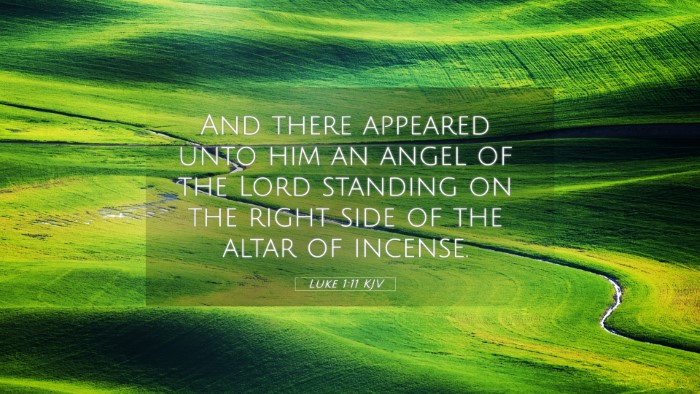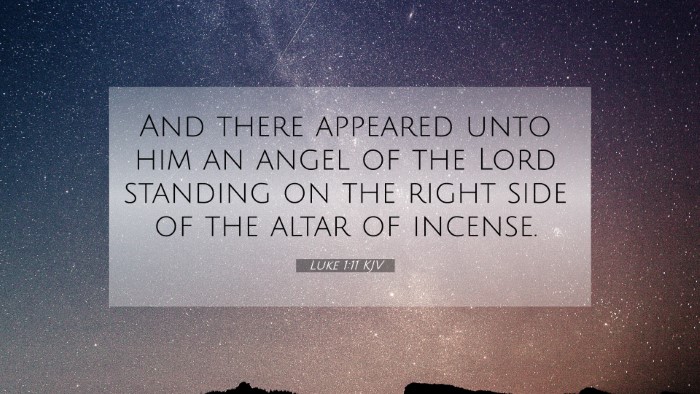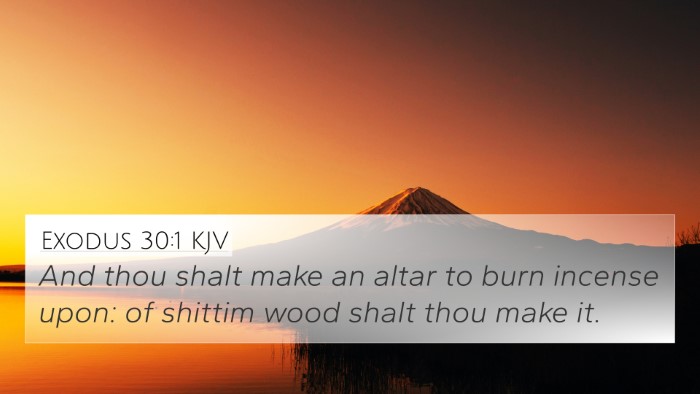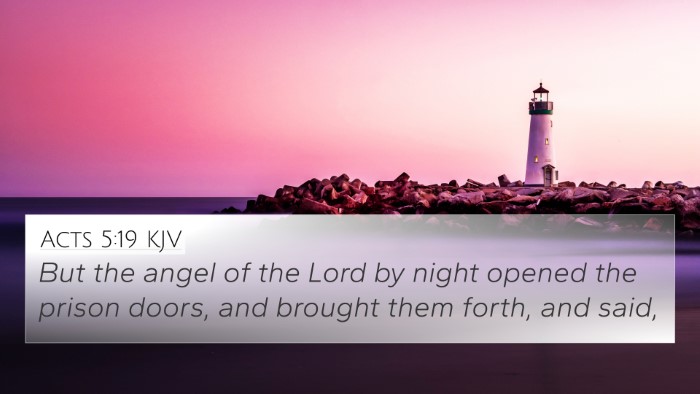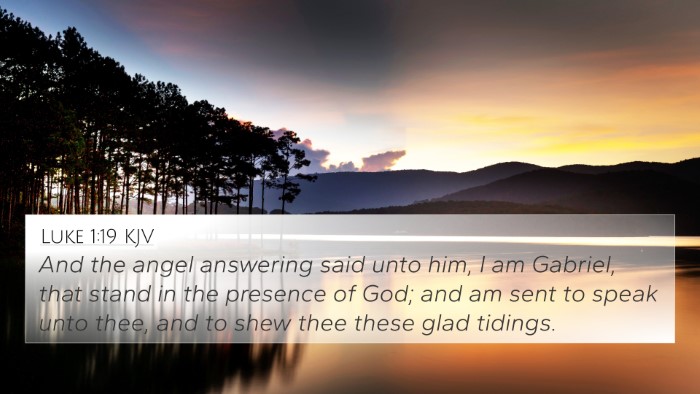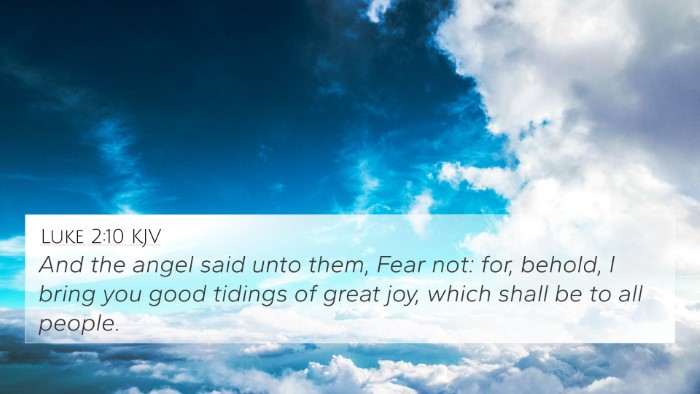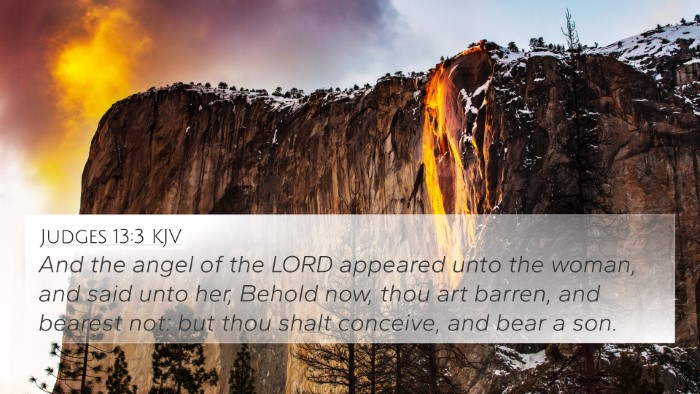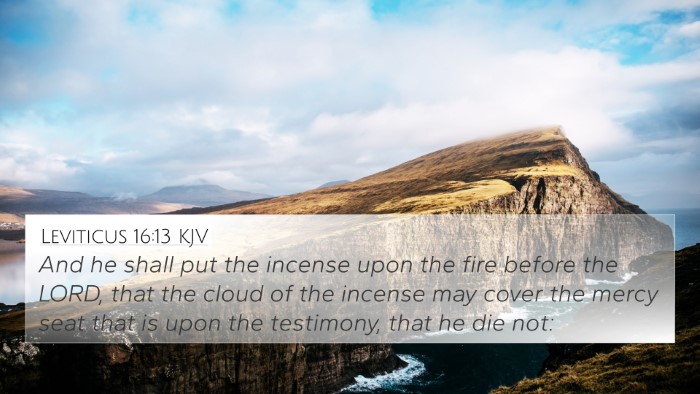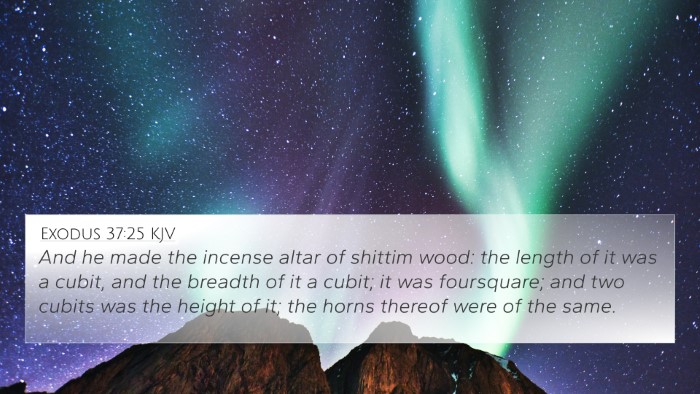Understanding Luke 1:11
In Luke 1:11, we find a significant moment in the biblical narrative concerning Zechariah, the father of John the Baptist. The verse states:
"And there appeared unto him an angel of the Lord standing on the right side of the altar of incense."
Verse Meaning and Context
This verse is situated within the larger context of the announcement of John the Baptist's birth. Zechariah, a priest, was performing his priestly duty in the temple when he received this divine visitation. The angel’s appearance symbolizes the breaking of silence after 400 years of prophetic silence, igniting hope and the promise of salvation.
Key Insights from Public Domain Commentaries
-
Matthew Henry:
Henry notes that the appearance of the angel signifies direct communication from God, emphasizing that God is still active in the world, especially in fulfilling His promises. It highlights God's faithfulness in giving a message of glad tidings.
-
Albert Barnes:
Barnes emphasizes the importance of the altar of incense, representing the prayers of the people going up to God. The angel's presence confirms that God is responsive to those prayers, setting the stage for the miraculous events to unfold regarding John the Baptist’s birth.
-
Adam Clarke:
Clarke draws attention to the significance of the angel's location. This choice highlights the gravity of the situation and God's intervention in the world, showcasing that divine guidance is often present at pivotal moments in biblical history.
Bible Cross References
Luke 1:11 connects with several other scriptures, providing a deeper understanding of its significance:
- Malachi 4:5-6 - The prophesied coming of Elijah, linking the announcement of John's birth to Old Testament prophecies.
- Luke 1:13 - The angel explicitly tells Zechariah that his prayers have been heard, reinforcing the theme of divine response.
- Isaiah 40:3 - A foretelling of the voice that will prepare the way for the Lord, connecting to John's ministry.
- Matthew 1:20 - Angelic messages regarding significant births, drawing parallels to the announcement of Jesus’ birth.
- John 1:6 - Refers to John the Baptist as a man sent from God, highlighting his divine mission.
- Luke 1:19 - The angel identifies himself as Gabriel, reinforcing his authoritative role in conveying God's message.
- Revelation 8:3 - The imagery of incense in worship, relating the significance of prayer in biblical worship.
- Galatians 4:4 - The fullness of time's arrival, reinforcing God’s timing in fulfilling His promises.
- 2 Peter 1:21 - On prophecy and God's inspiration, drawing connections with God's messengers acting under divine authority.
- Acts 10:3 - The instance of Cornelius receiving a vision, showcasing the continuity of divine interventions.
Thematic Connections
The overarching themes present in Luke 1:11 can be categorized as follows:
-
Divine Intervention:
The appearance of the angel signifies that God intervenes in human affairs, emphasizing His omnipotent will.
-
Fulfillment of Prophecy:
The relation to Old Testament prophecies underscores the continuity of God’s plan through history.
-
Prayer and Faith:
Linking the altars of incense with the prayers of God’s people reinforces the theme of faithfulness in intercession.
-
Hope and Preparation:
Zechariah’s encounter heralds not just the birth of John but prepares for the coming of the Messiah.
Cross-Referencing Biblical Texts
In studying Luke 1:11, one can utilize various tools for effective Bible cross-referencing:
- Bible concordance can help identify relevant scriptures.
- A cross-reference Bible study can track interconnections.
- Tools that illustrate links between Old and New Testament enhance understanding of biblical themes.
- Comprehensive Bible cross-reference materials provide a thorough foundation for theological studies.
Conclusion
Luke 1:11 serves as a pivotal moment in the narrative of salvation history. Its connections to other biblical passages not only deepen understanding but also enrich the themes of God's faithfulness and the fulfillment of prophecy. As we explore broader implications through careful cross-referencing, the inter-Biblical dialogue becomes a profound journey into understanding God's enduring promise to humanity.

